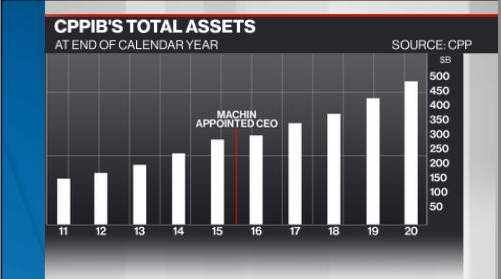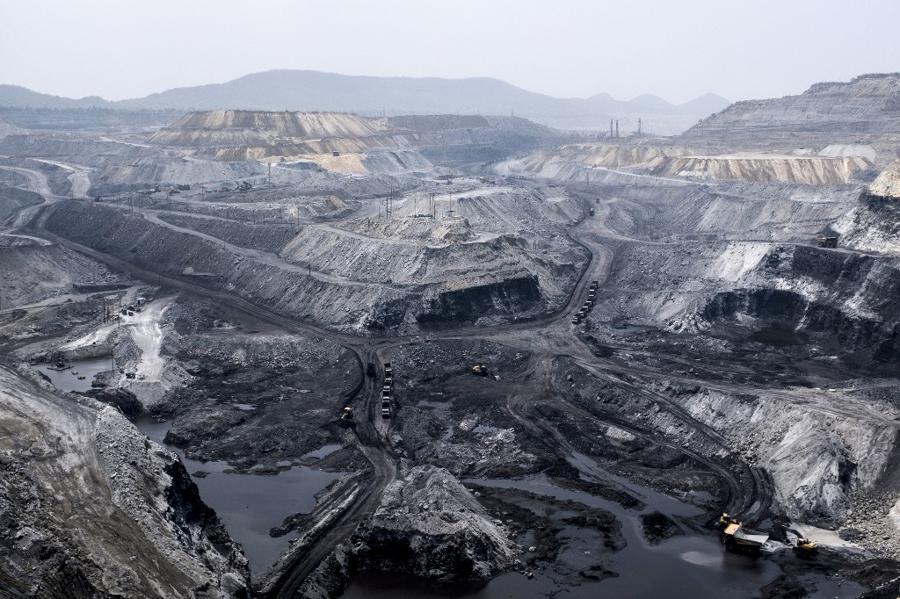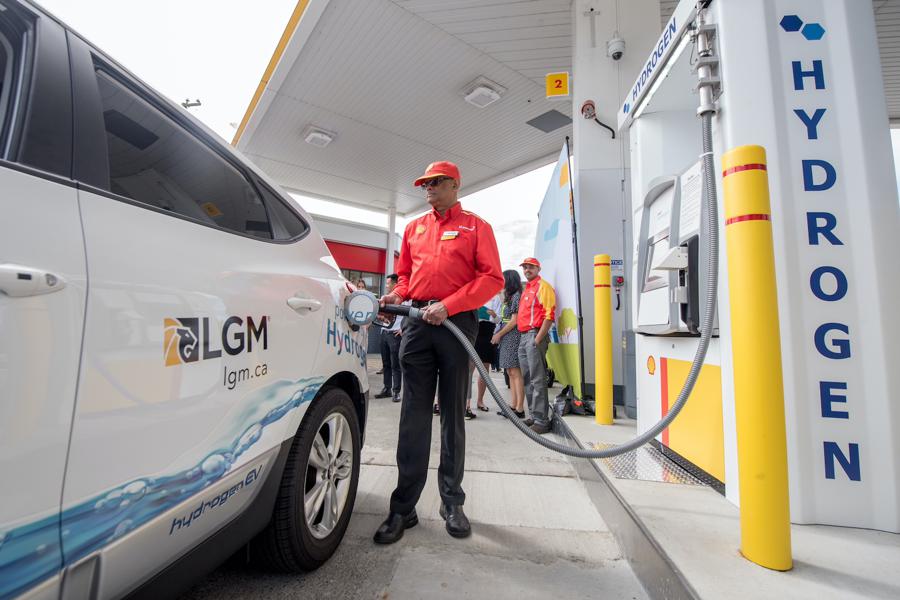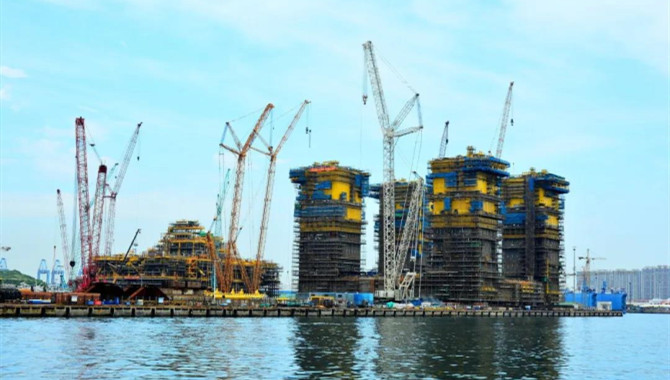Machin out at CPPIB after overseas COVID vaccine controversy
, Bloomberg News
Mark Machin resigned as head of Canada Pension Plan Investment Board after he went to the United Arab Emirates and received a COVID-19 vaccine, defying guidance from Justin Trudeau’s government to avoid international travel.
“After discussions last evening with the board, Mr. Machin tendered his resignation and it has been accepted,” CPPIB said in a written statement Friday morning. John Graham was named to replace him as chief executive officer.
The office of Finance Minister Chrystia Freeland criticized Machin after the Wall Street Journal revealed the trip Thursday evening. Canada is still struggling to ramp up its own immunization campaign against the virus.
‘Very Troubling’
“While the CPPIB is an independent organization, this is very troubling,” Katherine Cuplinskas, a spokeswoman for Freeland, said by email. “The federal government has been clear with Canadians that now is not the time to travel abroad.”

The finance department was unaware of Machin’s trip, Cuplinskas said, referring further questions to the CPPIB.
Despite securing more doses per capita than any other nation, Canada has administered enough shots to vaccinate just 4.5 per cent of its population one time, compared with 29 per cent in the U.K. and 20.6 per cent in the U.S., according to Bloomberg’s vaccine tracker. That’s because Canada has to import the vaccines, and shipments have lagged.
Travel Scandals
Recent public opinion has turned against officials who defy the government’s pleas to not leave the country: Rod Phillips, Ontario’s finance minister, was forced to resign on Dec. 31 after it was revealed he took a Caribbean vacation at a time when many businesses in the provinces were ordered to shut their doors to contain the virus.
With vaccine deliveries now accelerating after delays caused in part by export controls in the European Union, Trudeau maintains that every Canadian will be inoculated by the end of September
Kait Bolongaro and Paula Sambo, Bloomberg News
Justin Trudeau’s government criticized the head of Canada’s national pension fund for getting a COVID-19 vaccine in the Middle East as the northern nation struggles to ramp up its domestic immunization campaign.
Canada Pension Plan Investment Board Chief Executive Officer Mark Machin traveled to the United Arab Emirates to receive a first dose of the Pfizer Inc.-BioNTech SE shot, the Wall Street Journal reported Thursday, citing unnamed people familiar with the matter.
“While the CPPIB is an independent organization, this is very troubling,” Katherine Cuplinskas, a spokesperson for Finance Minister Chrystia Freeland, said by email. “The federal government has been clear with Canadians that now is not the time to travel abroad.”
The finance department was unaware of Machin’s trip, Cuplinskas said, adding further questions should be raised with CPPIB.
Spokespeople for the Toronto-based fund, which has $475.7 billion (US$377.1 billion) in assets under management, didn’t immediately reply to requests for comment Thursday evening.
News of Machin’s trip abroad comes amid criticism over the pace of Canada’s vaccine rollout, which is slowest among Group of Seven countries except Japan. Despite securing more doses per capita than any other nation, Canadian public health authorities have given shots to just 4.5 per cent of the population, compared to 29 per cent in the U.K. and 20.6 per cent in the U.S., according to Bloomberg’s vaccine tracker.
With vaccine deliveries now accelerating after delays caused in part by export controls in the European Union and the U.S. decision to devote all of its doses to its own citizens, Trudeau maintains that every Canadian will be inoculated by the end of September.












